The world of classic menswear is a thoroughly enjoyable place to be – with suits, jackets, shirts, and ties just being the tip of the sartorial iceberg. But, for all of the fun that goes with looking at and wearing classic clothing, some of the conventions can be a real minefield to navigate. So, we’ve rounded up some of the biggest menswear rules that you’re likely to have heard of and the reasons why they’ve come to be, and we’ll show you how you can live a more fulfilling life by twisting, bending, or even breaking them.
- Menswear Style Rules to Break
- 1. Tie Length
- 2. Forward-facing Trouser Pleats Only
- 3. No Tweed Jackets with Jeans
- 4. No Brown in Town
- 5. No Brown Shoes with a Suit
- 6A. All Metals Must Match
- 6B. All Leather Elements Must Match
- 7. No Short-sleeved, Button-up Shirts
- 8. Black Tie and White Tie
- Conclusion
- Outfit Rundown
Menswear Style Rules to Break
A lot of the rules we’re going to discuss today are born out of a few key historical factors. These would include, but aren’t limited to the practical application of clothing as wearing a hearty weatherproof tweed in the countryside does make more sense than a comparatively delicate business suit, respecting the formality of a situation.
After all, turning up to a prestigious club or formal dinner in a pair of sport shoes like spectators would be quite the faux pas, and the unfortunate fact that clothing rules would reinforce the hierarchy among social classes that existed until around the time of the First World War as those with more money could literally afford to pay more attention to sartorial rules.
People also used to own far less clothing in the past and a lesser variety of clothing as well, so it was easier to set rules around clothing when there were fewer options available.
1. Tie Length
We’re starting off with a bit of a big one: tie length. Anywhere you find someone wearing a necktie, it’s almost guaranteed that there’s going to be someone else close at hand to tell them that the specific length of their tie is incorrect.
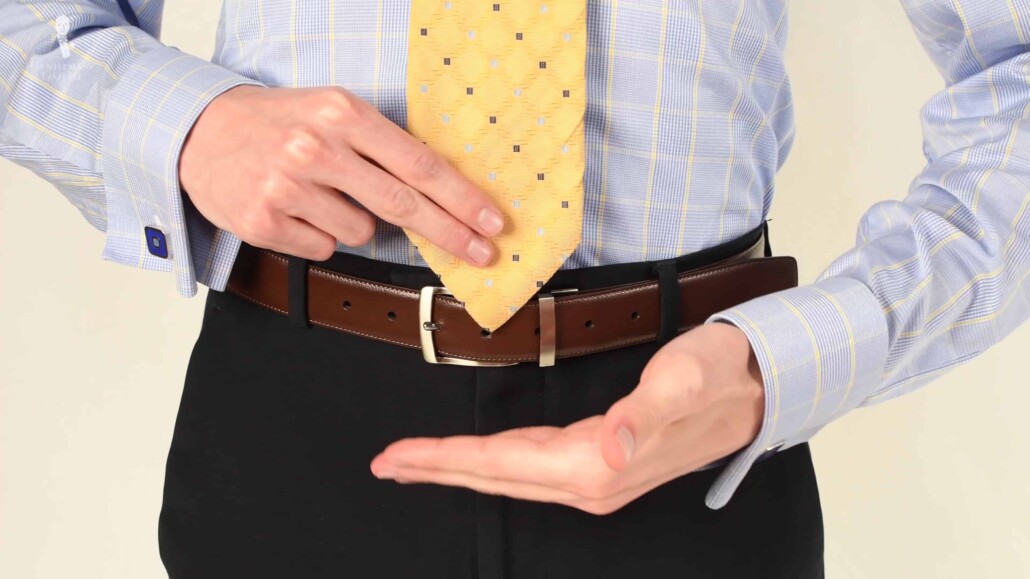
In general though, what’s the issue here? Well, in a nutshell, according to menswear traditionalists, there’s only one correct length for a necktie and that’s squarely in the center of your waistband.
The thing is though, there are a number of more nuanced variables that this highly simplistic rule just doesn’t take into account. For example, let’s say, for the sake of argument, that you’ve only got one tie in your closet that you wear with multiple different outfits. Unless you’ve got trousers that are all of exactly the same rise, which is fairly unlikely, then that one tie is going to be of a different length relative to the waistbands of all of these different pairs of pants.
It’s true that you could also change up the tie knot that you’re using to use up more or less of the ties fabric relative to the tie length that you want. But, if you’re using this method, then it’s likely that you’re not going to be using the correct tie knot all the time for the different shirt collars that you have.
The result of this, of course, would be a tie knot and collar combination that just looks off. And, seeing as wearing a collar and tie is meant to frame your face in the best possible light, we would say this is the detail to focus on; more so than the exact length of the overall tie.
Furthermore, it’s important to remember that for most of history, men actually wore their ties at a comparatively shorter length than men do today. Even when higher rise trousers were more commonplace. So, in reality, then, there’s no one correct length for your ties to actually be, and we would simply recommend that you shoot for your waistband, as a general guideline.
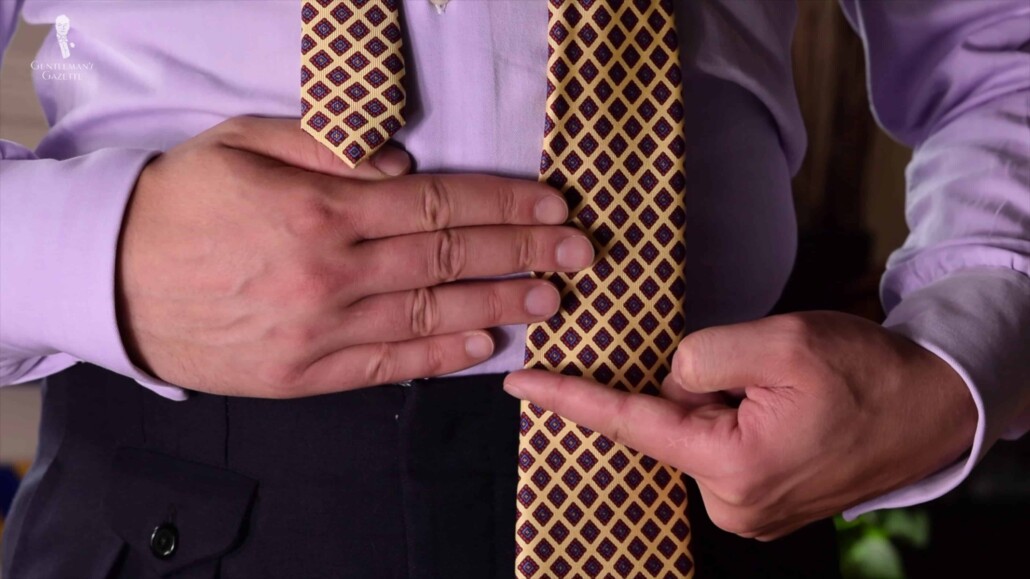
As long as your tie isn’t comically long or short, chances are you’re going to look just fine. And if one or both of the ends up longer than you’d like, you can simply tuck one or even both ends into your waistband to obscure this. And, after all, if you’re wearing a jacket, sweater, or other outer layer, the end of your tie isn’t even going to be visible, to begin with.
So, the why behind having this rule in the first place is because a tie that goes down to your waistband is an aesthetically pleasing benchmark that’s good to aim for when you’re just starting out in the world of menswear. But, you don’t have to be too obsessive about it.
In today’s hyper-casual world, after all, it’s uplifting for us just to see a man wearing a necktie in the first place, so we shouldn’t be getting out the tape measure to see if he’s wearing it exactly right.
Proper & Correct Tie Length Explained
2. Forward-facing Trouser Pleats Only
We’ve spoken about pleated pants before, and there are some very divisive thoughts out there about just how these pleats should sit.
![At Left Trousers With Forward Facing Pleats Image Credit Chester Cordite At left: trousers with forward-facing pleats [Image Credit: Chester Cordite]](https://www.gentlemansgazette.com/wp-content/uploads/2022/06/At-left-trousers-with-forward-facing-pleats-Image-Credit-Chester-Cordite-1030x579.jpg)
![At Right Trousers With Reverse Pleasts Image Credit Hansen Clothing At right: trousers with reverse pleats [Image Credit: Hansen's Clothing]](https://www.gentlemansgazette.com/wp-content/uploads/2022/06/At-right-trousers-with-reverse-pleasts-Image-Credit-Hansen-Clothing-1030x579.jpg)
There are really only two configurations of pleats that exist – those being either forward-facing or reverse pleats. A fair number of menswear traditionalists are going to tell you that the only proper way for trouser pleats to face is forward. The grand reasoning is that it’s easier to iron and maintain a trouser crease with forward-facing pleats.
Practically speaking, yes, it is easier to get a sharp crease with a pair of forward-facing pleats, but should that really be the only consideration you have when adding a pair of trousers to your wardrobe?
Remember, the two main functions of pleats are to allow for a greater range of movement while also allowing the trousers themselves to drape more attractively. And both forward-facing and reverse pleats accomplish this goal when the trousers are made well. And while it is true that reverse pleats are somewhat more likely to billow or balloon, this is usually only going to be the case if the trousers aren’t well-made or if they just don’t fit your specific frame very well. So, just try out a few different options and consult your tailor to find out what works best for you.
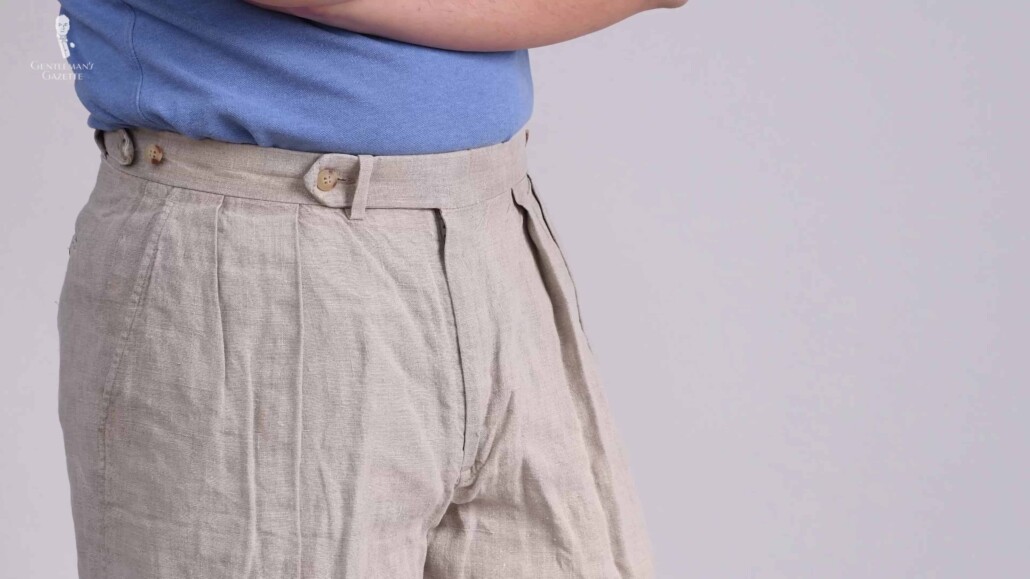
On the whole, though, we’ve already addressed how pleated pants are much less common these days. So, whichever way your pleats face, just wear them with pride.
3. No Tweed Jackets with Jeans
Our third rule that’s made to be broken is that tweed jackets can’t be worn with jeans. As we’ve previously mentioned in other guides, menswear has become increasingly casual over the past few decades. Along with this, we’re seeing a trend for mixing or co-mingling different formalities in garments – such as wearing sneakers with suits or tweed jackets with denim jeans.
To be clear, we’re not really big fans of the first of these two looks because the formality levels of a suit and sneakers are just too different to look good together. But, we’ve definitely seen plenty of traditionalists get pretty angry about the second of these combinations, as well.
![In Our Opinion The Formality Levels Of Sneakers And Suits Are Too Different To Look Good Together. In our opinion, the formality levels of sneakers and suits are too different to look good together. [Image Credit: Suitsupply]](https://www.gentlemansgazette.com/wp-content/uploads/2022/06/In-our-opinion-the-formality-levels-of-sneakers-and-suits-are-too-different-to-look-good-together.-1030x579.jpg)
Honestly, though, we really don’t get why. Yes, it is true that a full tweed suit can be a joy to wear and one to behold. But, the reality is that tweed suits in their heyday were just as casual as denim jeans are today. Tweed suits and jackets have just moved up comparatively in formality in recent years and decades as more casual styles have been introduced.
So, with tweed and denim both existing on the casual end of fabric choices and having their origins in work wear or other outdoor pursuits, they do make good pairing partners. The trick to getting the look right, then, is just to ensure that the cut of both your jacket and jeans are complementary.
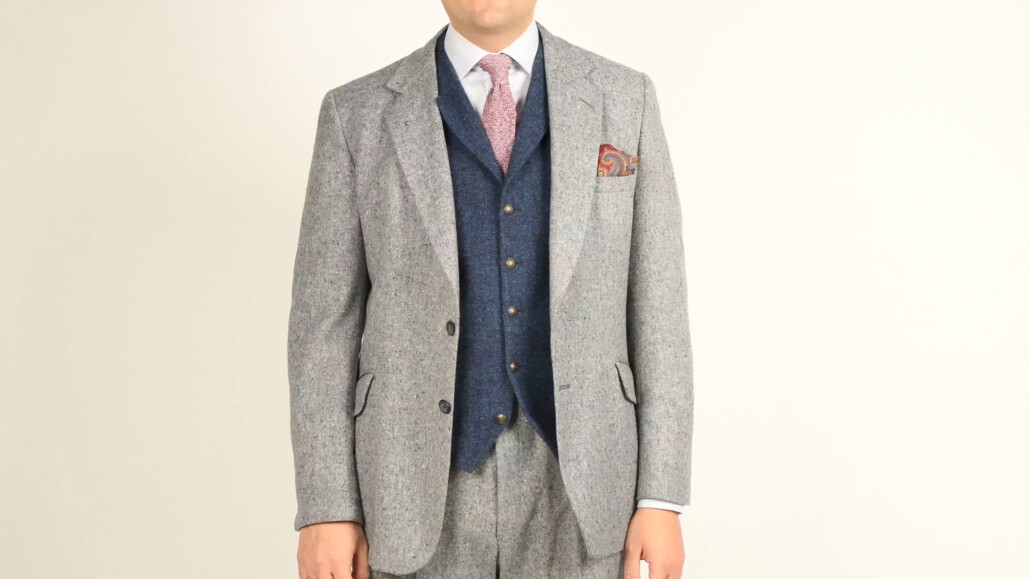
As long as the jacket isn’t too structured or formal and the jeans aren’t too tight or overly embellished with unnecessary details, you can put together stylish looks that are surprisingly versatile in the 21st Century. And, of course, if you want more tips on wearing jeans with odd jackets, you can consult our guide on that topic.
Should You Wear Jeans with a Jacket?
4. No Brown in Town
Most of us have probably heard the phrase “no brown in town” somewhere before. Essentially, this rule is about setting the formality of the types of clothing that men would wear in different situations.
Being in a built up area where a man would have been expected to be doing business or finding himself in other formal situations – otherwise known as being “in town” – would historically have required dark, somber clothing of a more formal tone, as well as black footwear.
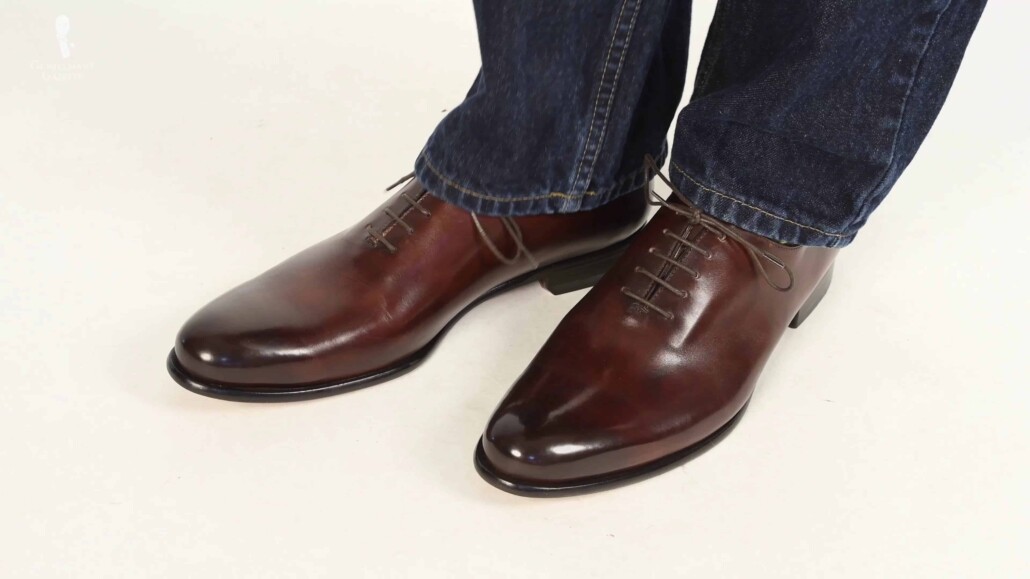
Meanwhile, if you were in the countryside, a pair of brown shoes was virtually a requirement as they would harmonize better with your surroundings and would do a good job of obscuring any dirt that you might encounter. In other words, simple common sense and color theory are at play here.
For the most part, this rule is outdated. By the way, as we mentioned in our older guide on rules to ignore, 19th Century rules like these about when to wear brown, white, or other colors were ultimately a way for the old money aristocracy to easily socially separate themselves from the new money nouveau riche, as well as from the lower classes.
Needless to say then, this type of classism and social stratification doesn’t have any place in the 21st Century.
5. No Brown Shoes with a Suit
Speaking of prohibitions on brown brings us nicely to our fifth rule for today, which is that brown shoes can’t be worn with a suit. The traditionalists out there argue that considering brown can’t be worn in town, then, logically, the only shoes that go with a business suit are black, full stop.
In short, though, this one just feels pretty ridiculous in today’s modern world, where creating a harmonious look is going to be more comfortable for you and aesthetically pleasing for others.
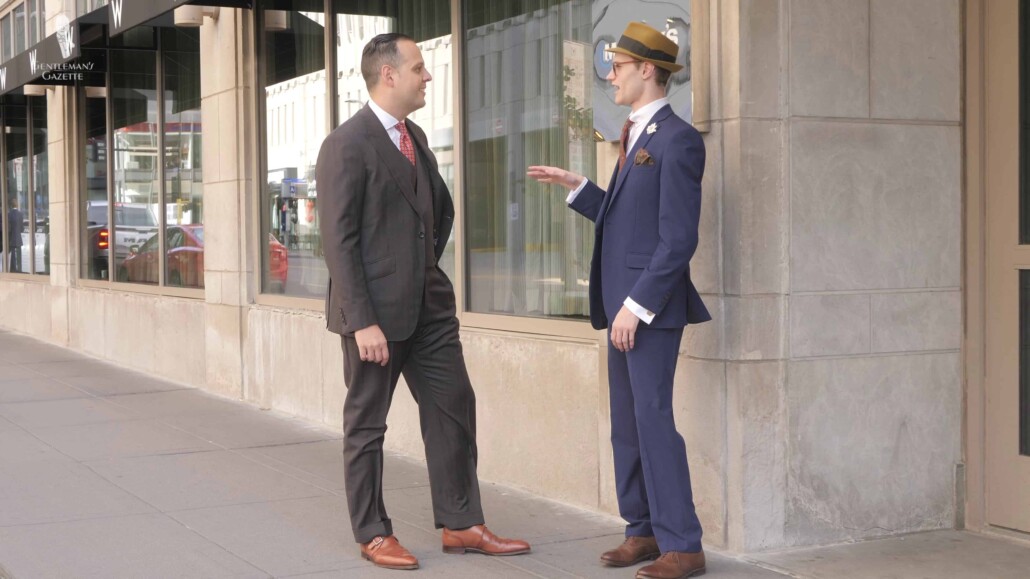
Now that brown is allowed in town, it’s just silly to say that blue, gray, and, of course, brown suits can’t be worn with brown or burgundy shoes, especially since blue and brown and gray and brown are classic pairings in menswear.
So, we’ll dismiss this one simply by saying, yes, brown shoes absolutely can be worn with a suit. Just make sure that everything is working together harmoniously.
6A. All Metals Must Match
We’re breaking up our next rule into two parts, so we’ll start here with rule 6A: that all of your metals in an outfit must match. We’ve previously made a guide all about how to match your various leathers and metals and you should definitely check it out for a few pointers.
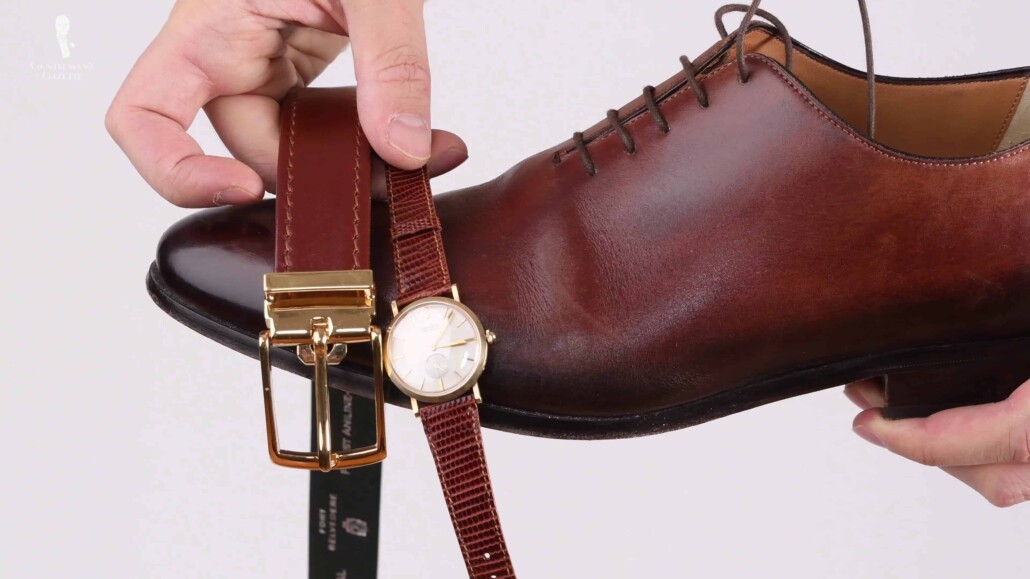
What we’re zeroing in on here is the insistence that every metal item you’re wearing has to match exactly; and, realistically, this is, well, unrealistic. Items of jewelry, including watches, typically carry a sentimental value for most people. And whether it’s a family heirloom, a religious piece, or something that commemorates a special time in your life, most people are going to wear their jewelry with far more purpose than the other elements of their outfit.
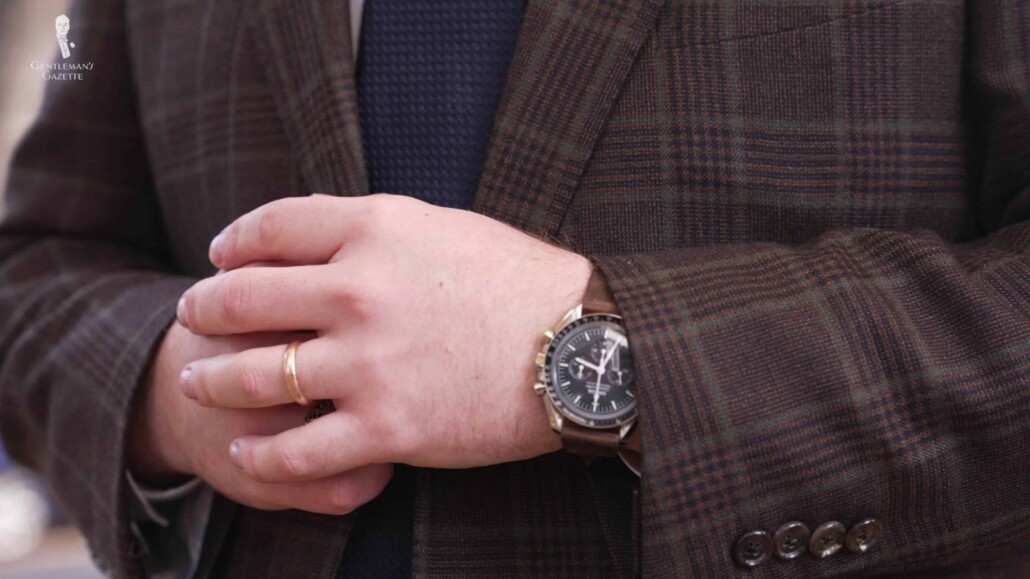
What this supposed rule does is massively reduce the amount of variety that you can incorporate into any one single outfit. For example, if somebody wears a gold wedding band but receives a silver-toned watch as an heirloom, should they always have to choose which one they want to wear? Of course, not a much better guideline would be ensuring that all of the metal elements in your outfit harmonize well, rather than matching exactly.
6B. All Leather Elements Must Match
For the next rule, there are additional layers to look at as not only do you have to consider the color of the leather, but also the type of skin and the finish. And it’s pretty clear that the skin types and finishes don’t always have to match throughout an entire outfit. And remember, as quality leather goods are made from natural products, it would be almost impossible to find multiple hides that matched exactly for all of your different wardrobe elements.
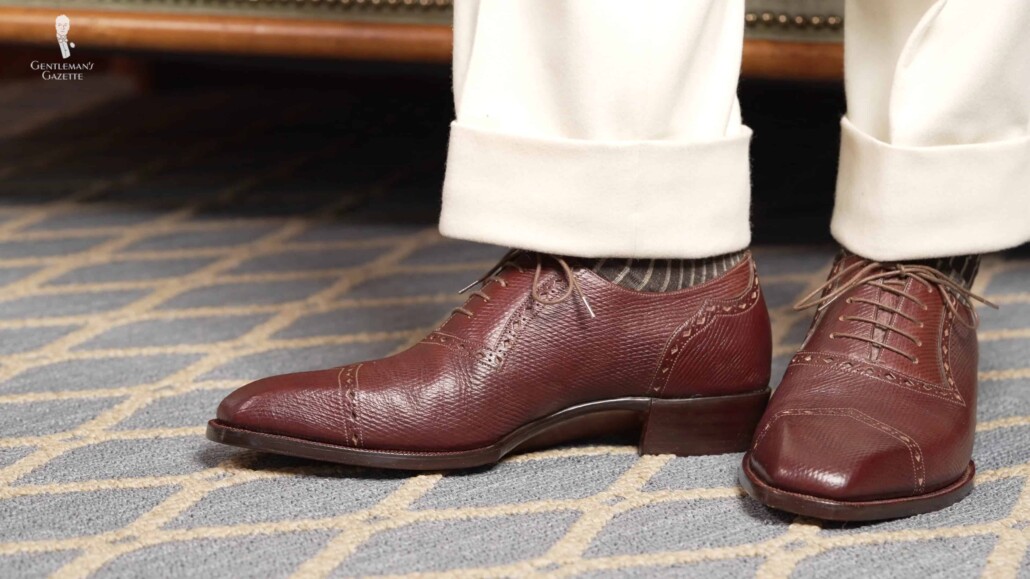
As we hope we’ve already demonstrated, different leather types can create beautiful contrast. So, when it comes to different leather colors, we can apply the same reasoning that we did for metals, which is to say: harmony is king here.
If we look at the sharply dressed agents of the Kingsman film series, for example, we can see that their shoes don’t match the color or the leather type of their watch straps, but it’s important to take a step back and look at the outfit as a whole. These pieces don’t match exactly, but the outfit still works on the whole because they’re of a similar level of formality. And, of course, who doesn’t want to look as cool as a super-spy?
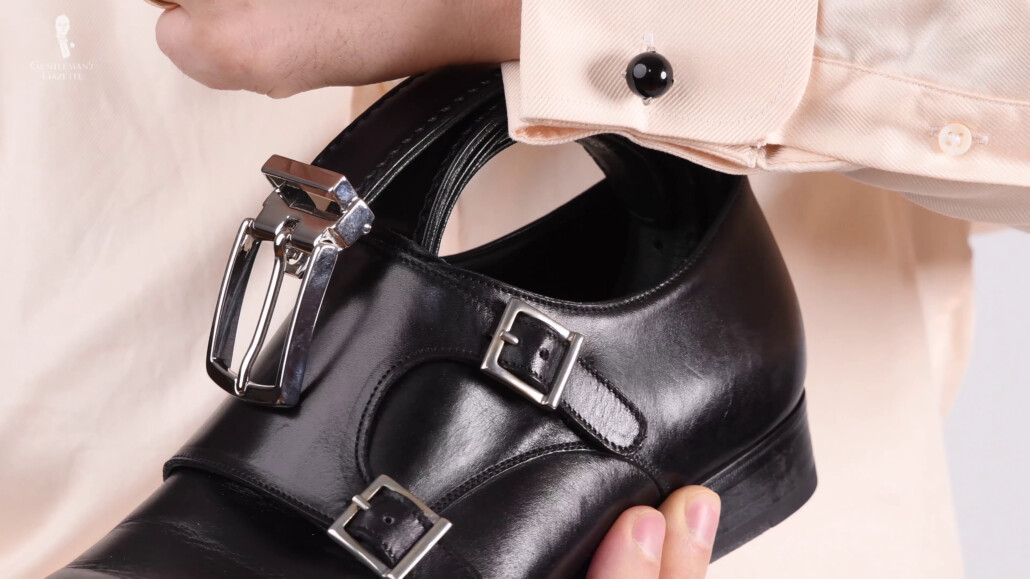
In the broad strokes, remember that the reason behind these rules is assisting men who are first getting into classic menswear to assemble outfits that look more harmonious. And while it’s never going to look bad if you make sure that the leather and metal elements in your outfit match exactly, remember that the overall aim is just that your outfit looks harmonious and that no single element is overpowering.
7. No Short-sleeved, Button-up Shirts
Rule number seven is that a true gentleman doesn’t own any short-sleeved, button-up shirts. Well, as you can see, I think that one’s just patently false. For a bit of context here, I just thought I’d let you know that I do personally enjoy wearing short-sleeved, button-ups from time to time, and I wanted to let other men know that it isn’t universally against the laws of fashion.
That being said, it’s not hard to understand where this rule comes from; it’s our old friend class stratification again. Prior to World War II, short-sleeved shirts were actually fairly uncommon in western menswear. Men would simply own long-sleeved shirts and roll the sleeves up if they were hot or needed to engage in manual labor.
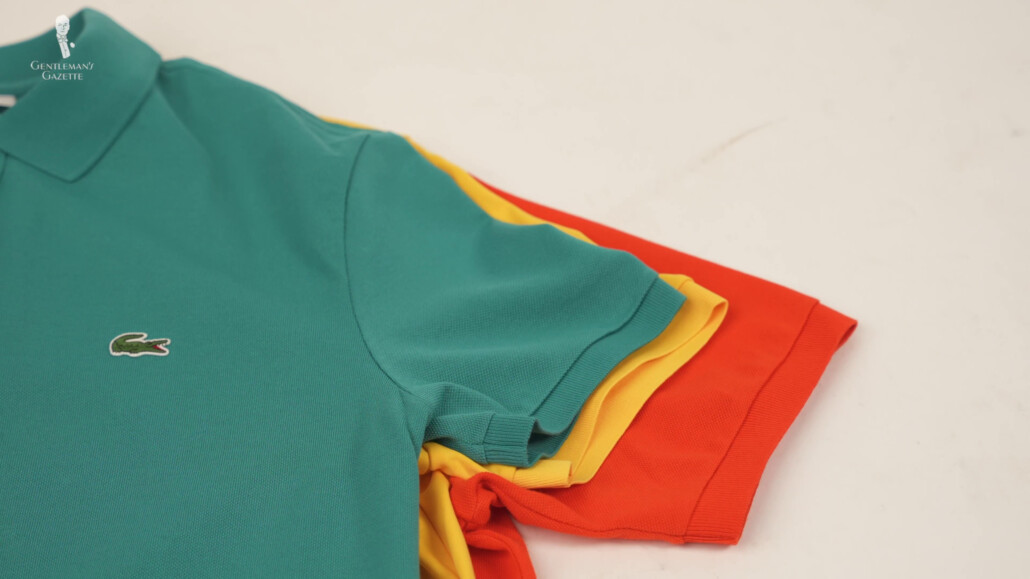
Otherwise, short-sleeved shirts were specialist sporting garments like the Lacoste polo shirt, for example. And the stigma around short-sleeved button-ups, in particular, likely comes from just after the war in the 50s and 60s, where they became a staple of the working class for their practical design.
Not only that, but short-sleeved shirts can also carry a bit of a historical association with younger children – again, for practical reasons. After all, getting the sleeve length exactly right on a growing child can be a bit of a fool’s errand.
Although this rule focuses heavily on these reasons, it also forgets that many stylish men throughout history have worn short-sleeved shirts well – with the 1950s and ’60s, in particular, often having some of the best examples. We should say that there is a bit of a distinction to be found here.
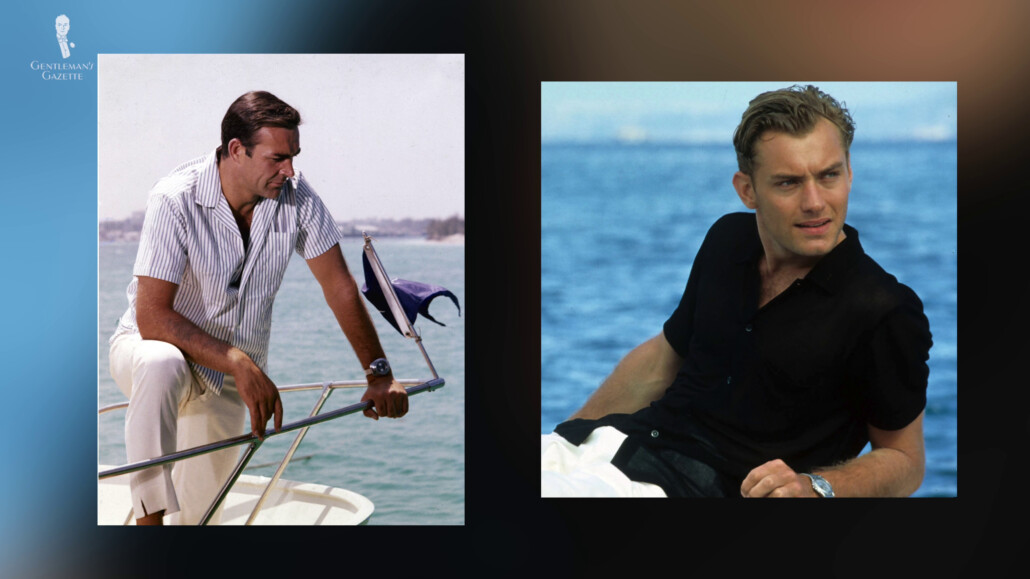
The examples we’ve just shown, along with polo shirts, are most properly called “sport shirts.” The more casual styling details of these shirts – like thicker fabrics, bolder colors or patterns, or non-business style collars – differentiate them from short-sleeved dress shirts.
These types of shirts, on the other hand, which are essentially just standard business shirts with short sleeves, aren’t terribly stylish, again, because of the inherent clash of formalities within the garment. But, their sporty cousins need not be frowned upon and, indeed, they can even be worn under a jacket, provided the entire outfit is deliberately casual and especially if it’s being worn in a hot climate.
Keys are to find shirts that have a slimmer, more flattering fit in both the body and the arms, and you can even leave things untucked if you’re not wearing an outer layer, of course.
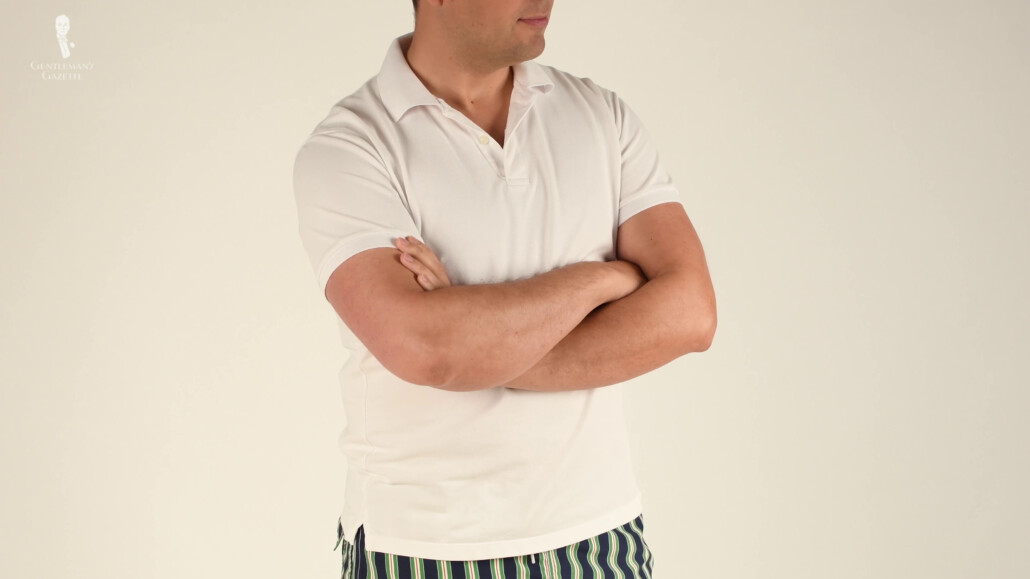
Remember, you’re not trying to make a sports shirt look overly formal, just put together. So, let the weather and the formality scale be your guide here and, overall, don’t be afraid to free the forearm once in a while.
The Formality Scale: How Clothes Rank From Formal To Informal
8. Black Tie and White Tie
Finally, today, we get to number eight: Black Tie and White Tie rules. These ones, you actually probably should follow. So, yes, we’ve included these here as a bit of a fake-out, but bear with us.
The Black Tie and White Tie dress codes are the most formal ones in which a typical man is going to be expected to dress these days.
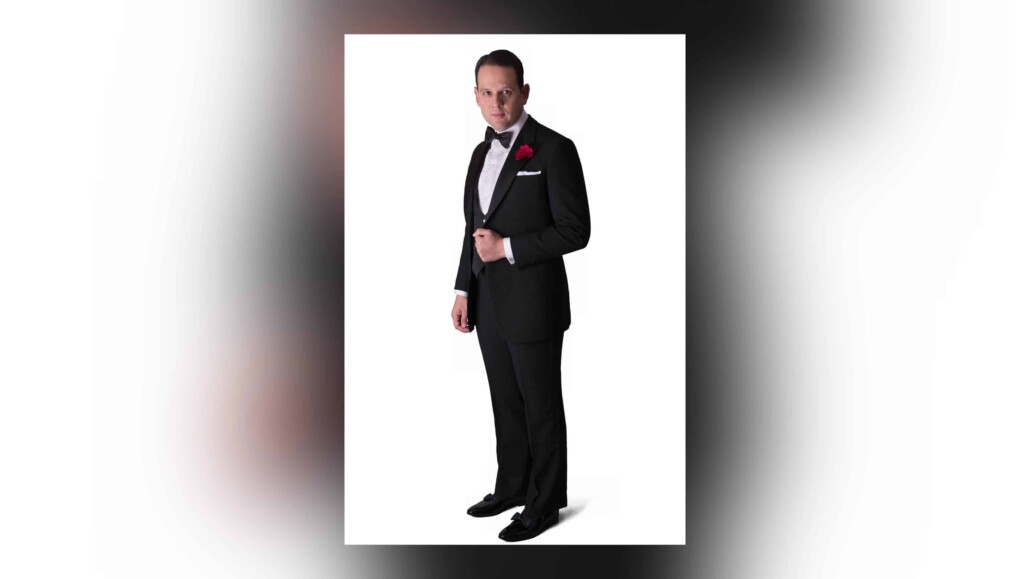
This, of course, is something that the red carpet regrettably fails to take note of, most of the time, as formal events that require these dress codes though, are much less common than they used to be.
These rules are the ones you really ought to follow in order to respect the formality of the event. Plus, if you’re following these rules correctly, you’re pretty much guaranteed to be the best-dressed person in attendance since Black Tie and White Tie were explicitly designed to enhance the aesthetics of the male form.
And if you feel that you don’t know all of these rules and there are plenty of them, don’t worry because we’ve got you covered in our comprehensive Black Tie and White Tie guides on our website. We’ve also got guides to formal day wear as well, so be sure to take a look.
With that said, while there are several more rules that relate to Black Tie and White Tie, you don’t have to think of them as being overly restrictive.
These guidelines exist to allow for maximum enjoyment while you’re at these events for which you’ve donned a bow tie. And yes, it should be a bow tie. So, by looking into the reasons behind the various rules associated with formal wear and by doing a bit of planning, you’re sure to look stylish at any formal event.
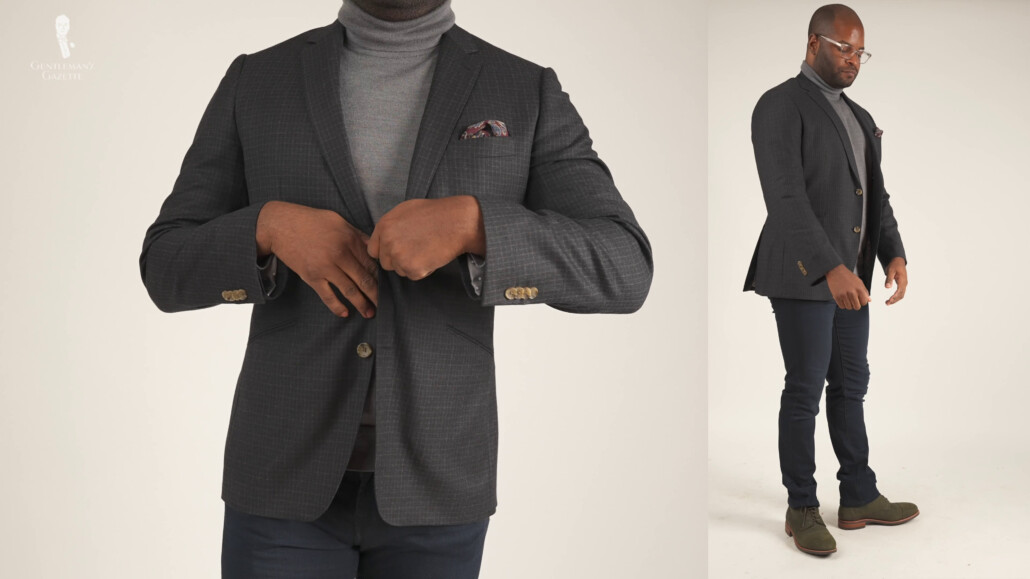
For all of the other rules that we listed today, though, remember that the most important thing isn’t being obsessed with the letter of the law. It’s understanding the greater background context for how these rules came to be in the first place and then implementing them wisely, but with moderation or other considerations here and there.
Conclusion
Those were the several sartorial citations that sidelined successfully. We hope you’ve gotten a hint on when, where, and how to break these rules to look and feel confident in your outfits!
So, what’s your take on our rule-breaking, and do you have any other rules that you’d like for us to add to the list? Let us know in the comments below.
Outfit Rundown
Today, as I alluded to previously, I am wearing a short-sleeved sports shirt with an overall casual ensemble. The shirt features a relatively bold tartan-esque pattern in pink on a white ground with accents in blue, green, and orange.
To reinforce the blue color feel and also ground the outfit, I’ve chosen to wear a pair of plain trousers in a medium blue shade; a bit lighter than what you would get with a standard navy.
My shoes are hand-patinaed, whole-cut Oxfords from Ace Marks in a red color that, again, is a bit brighter and more vibrant than a standard oxblood. Meanwhile, I’ve tried to harmonize them somewhat with my belt, which is one of our modular belts from Fort Belvedere, but this is a darker, more conventional menswear color. Even so, you’re not going to see the belt much under my untucked shirt, so it really doesn’t matter that the leathers of my shoes and belt don’t match exactly.
The buckle, by the way, is in silver and it’s the model we call the Jasper, and it also doesn’t directly correspond to my wedding band, which is in more of a gold color.

But what are the 10 Commandments of Classic Style?
To go along with this casual feel, I’ve also left the product out of my hair today. But, in the outdoor shots, I’m wearing one of my trusty summer hats, a coconut straw pork pie that also features a colorful hat band.
And, of course, my socks also tie together the various red tones and blue tones in my outfit. There are dark blue and red, two-toned solid socks that are available in the Fort Belvedere shop, along with a wide array of other classic men’s accessories.


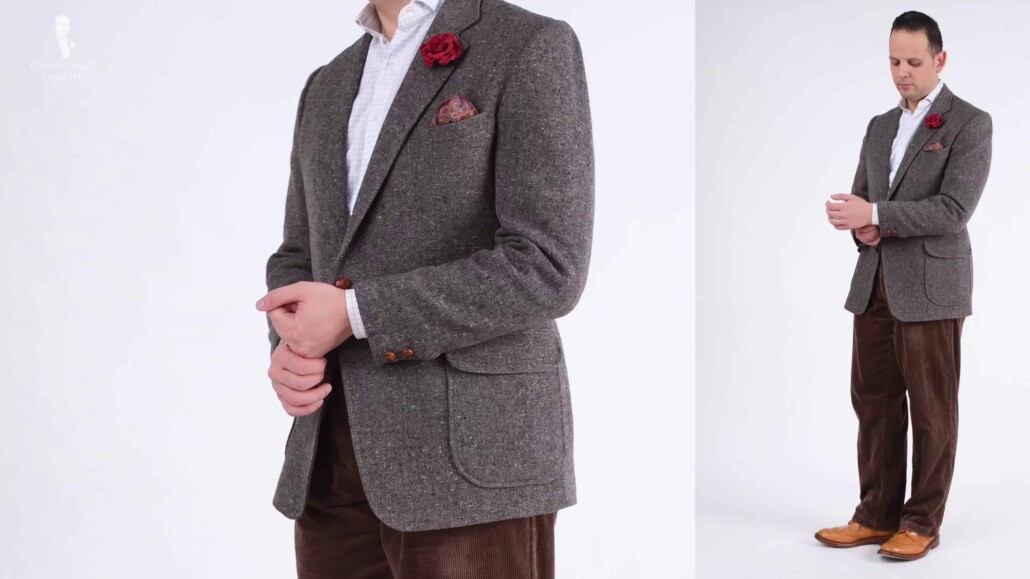
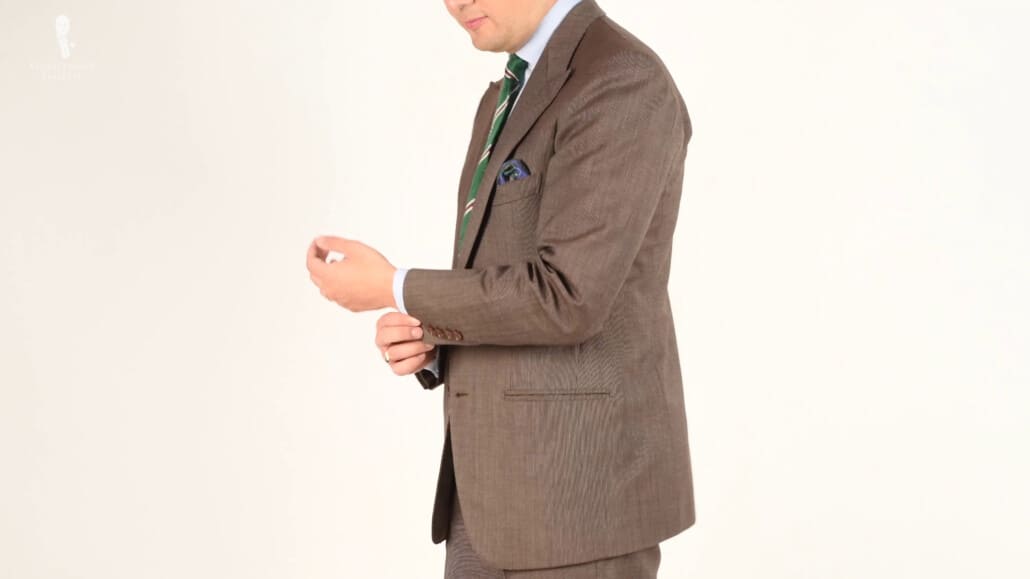
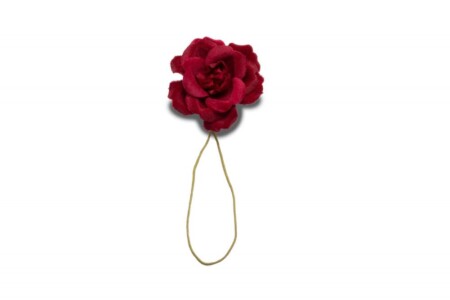
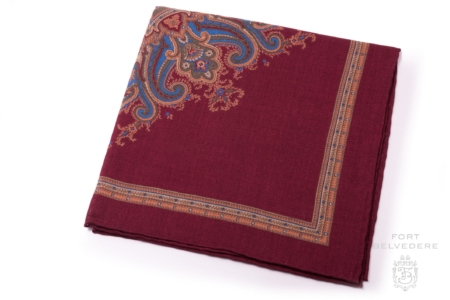
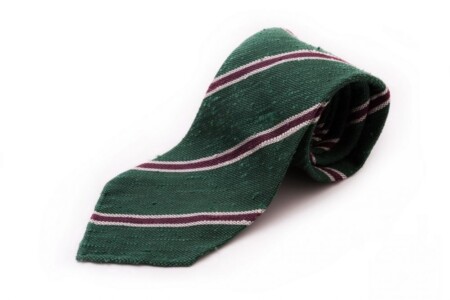
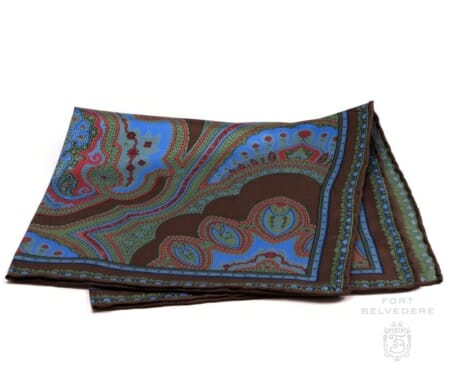
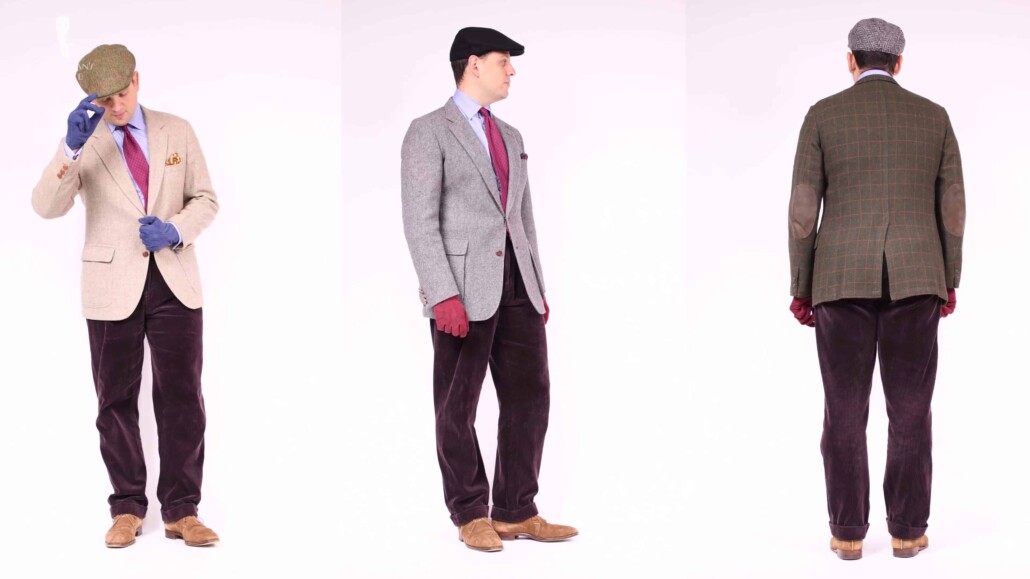
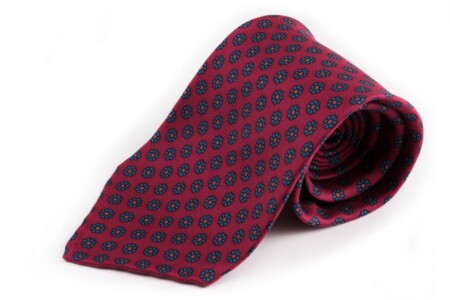
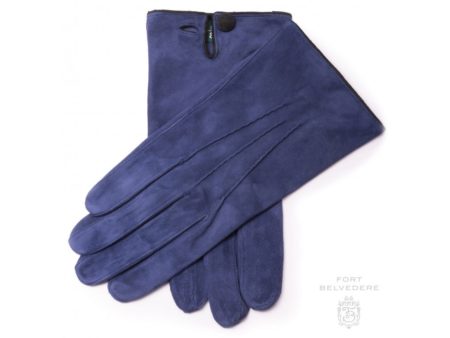
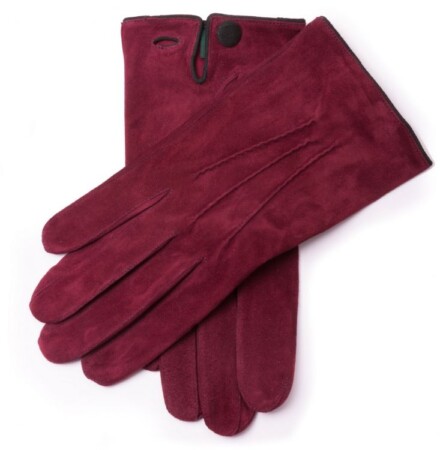
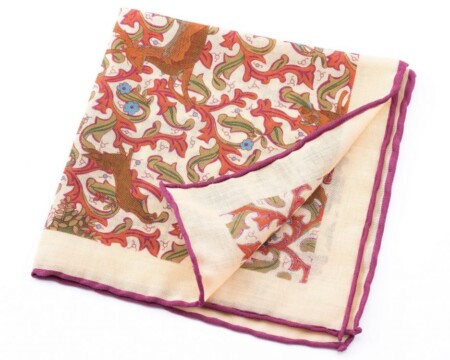
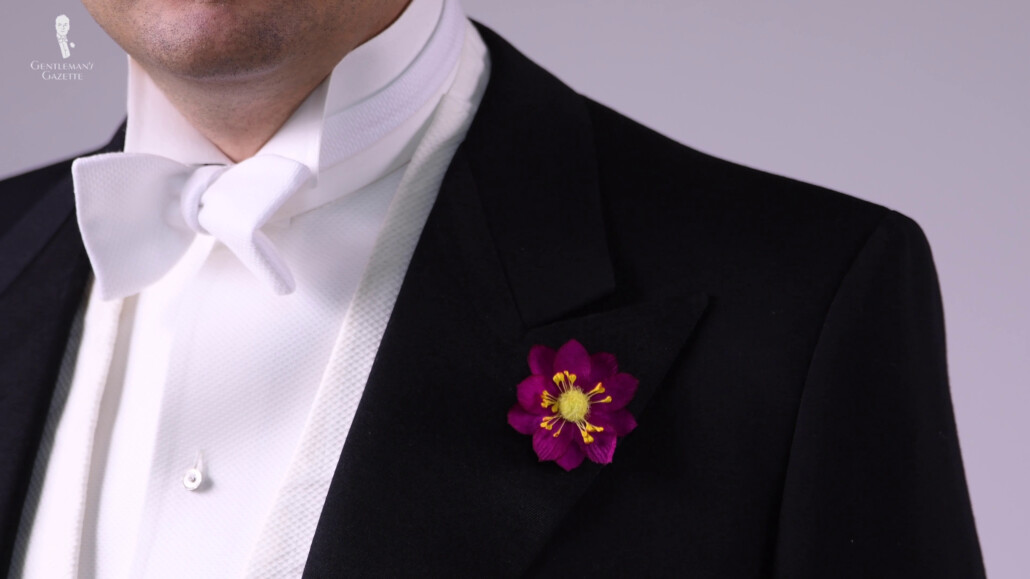
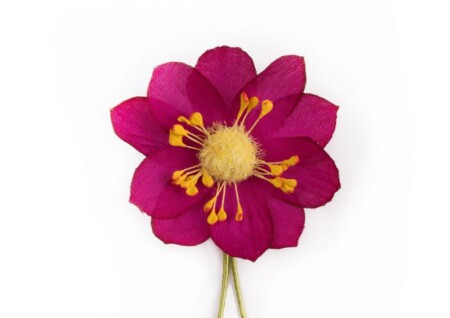
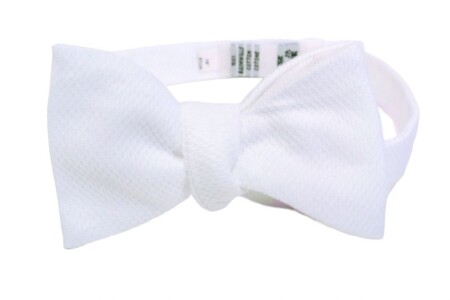
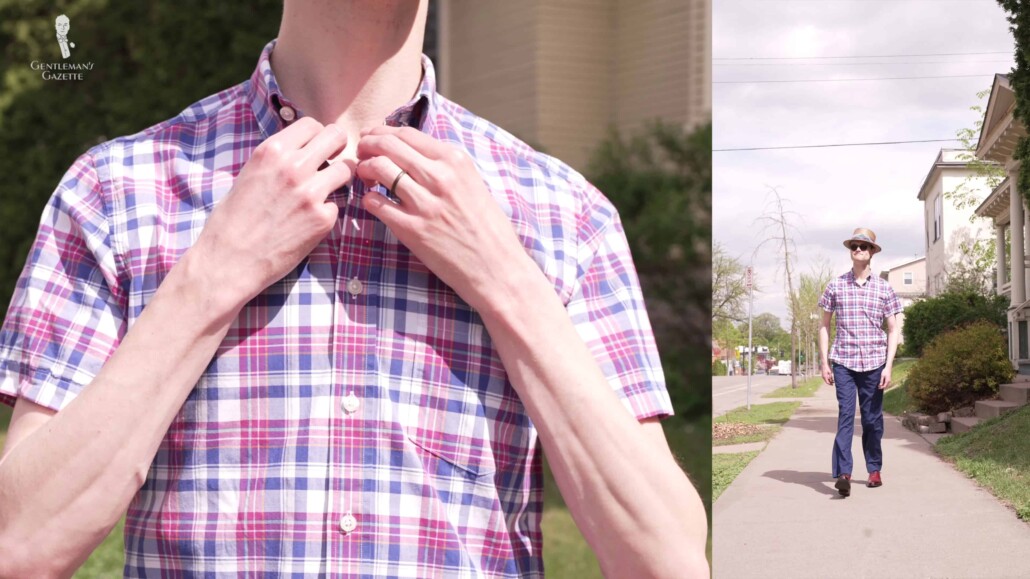
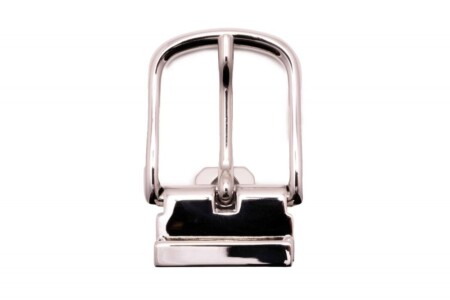
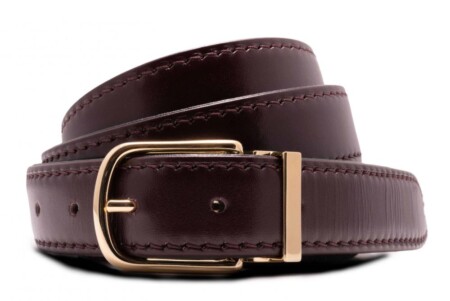
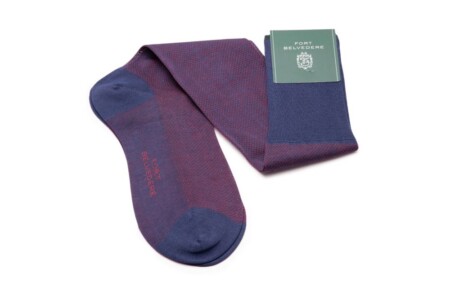
Do have any idea how offensive the title is?
Do you have any idea of how much an idiot you appear to be with such insipid comments? titles are supposed to be eye-catching and pithy. I applaud GG for its willingness to show the rule and how to break it, if necessary.
Prof W:
Why didn’t you show what an idiot you are by replying “Screw you, Greg”.
Matching sock colour to shoes. In my teenager years, I was taught to match sock colours to shoes. Given my shoes were limited to a pair of trainers and black leather derbies, it meant my sock colours were limited to either white tube socks (I cringe thinking back on how I paired these and sneakers with practically every casual outfit) or black. The latter isn’t the worst choice (better than white tube socks) but tan or beige chinos with black socks still wasn’t the best choice.
Great article indeed. And I agree with the general idea.
The only point that made me initially cringe (lol) was the short sleeved button down shirt… I must have a congenital rejection against those shirts…if worn with a tie. Obviously, I absolutely like and enjoy my polo shirts. In fact, I’m dreaming of not needing any other kind of shirt…as in being solely concerned by the temperatura of my Martini…
Keep up the good work!
Hopefully one day the Supreme Court will find wearing dress shoes with jeans is unconstitutional. Recently there has been dispensation for this mortal sin, but quoth the style maven “Nevermore.”
Absolutely, sir. There are plenty of far more appropriate footwear choices for jeans. The comments, throughout the article, regarding mixed levels of formality apply. Polished Derby or cap-toed Oxfords of any shade look silly. Grained leather “country” shoes, suedes, or casual strollers work well. As I typed this, a picture of black tassels with jeans popped into my mind. Heavens!!!!
The instant I saw the penultimate photo I thought Preston was doing a Devo “Are We Not Men?” album cover thing.
Another excellent primer from GG. It took me a while to embrace brown within my palette and eventually I realized it’s exactly the color best suited to my skin tone. I wear many tones and shades of it to accessorize and harmonize. Brown shoes are so versatile when one considers again the multiple shades from British Tan and cognac to dark. The key with short sleeve shirts in my view is cut, color and one’s physique. Each to his own one can say but too tight or too baggy just isn’t flattering despite what one’s ego says. This is one area that is sadly overlooked in warmer climes and seasons and in general because bigger name retailers don’t generally carry the most enduring styles; more the latest trend they’d like one to buy. Best to stay with linen, better cotton polo to complement well cut shorts or trousers or “Cubavera” drape. So much to discover as one experiments with a look to match the persona.
Thanks GG and Preston.
And as recently reported in GQ magazine: for the first time in 40 years “G7 Politicians Reach International Accord: No Ties” with their suits at the meeting (when they posed for the group photo.
My pet peeve, and style convention that I routinely break is the unbuttoned last button of vests and sport coats. Why have a button and button hole that you never use? It’s a waste. It just looks – well – unbuttoned. No. When standing all my buttons are buttoned. When seated, I unbutton the bottom button. Because it’s practical to do so.
Supposedly that style affectation was caused by Edward VII or some fat royal guy across the pond of the same name who couldn’t button the bottom button due to his aristocratic avoirdupois.
The rule I break the most is the opposite of “no brown in town”. I often wear black leather accessories (shoes, belt, watch strap, etc.) with causal, including jeans. I like the look and easy care of black leather and have never paid attention that there was a rule against it. When I finally learned it was a rule, I promptly ignored it.
As long as there isn’t a remarkable difference in formality between the clothing and the black leather, I can’t understand the issue. I wouldn’t wear black cap toe or whole cut Oxfords (especially not patent leather like what one would wear with black tie ensemble) with jeans but black leather Chelsea boots, monk straps (especially double monks) or derbies/bluchers especially those with brogue patterns? Absolutely!
” Why didn’t you show…” What are you trying to say?